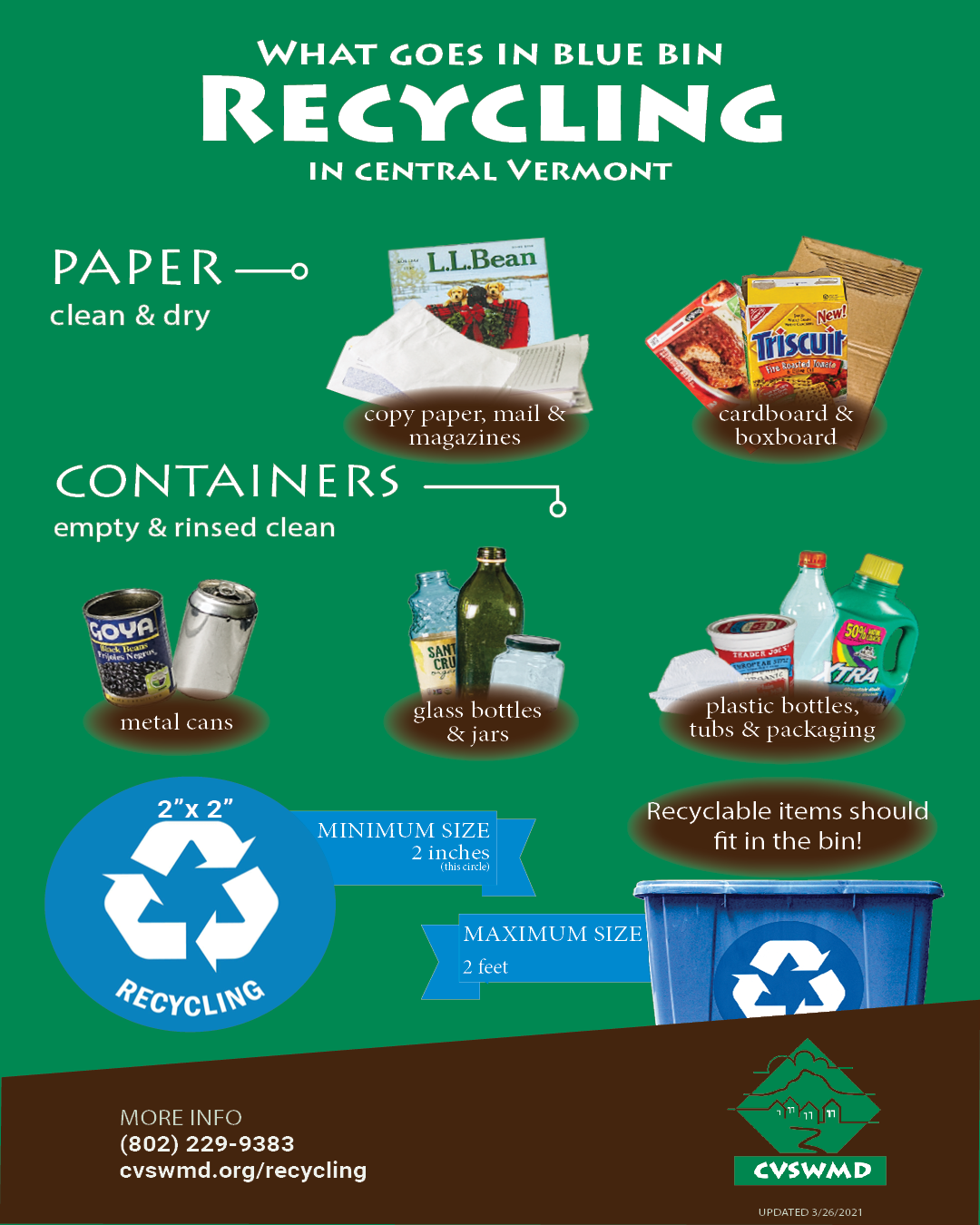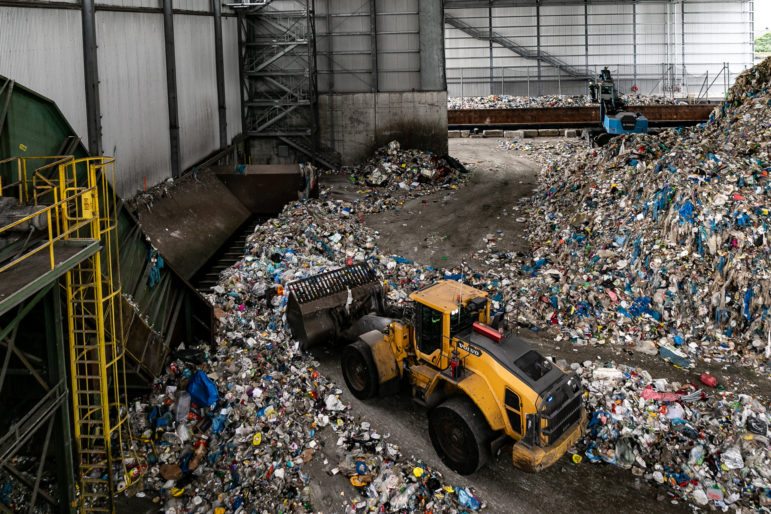The Effect of Recycling Lives Services on Communities and the Environment
The Effect of Recycling Lives Services on Communities and the Environment
Blog Article
Comprehending the Classification and Handling of Various Kinds of Waste
Efficient waste monitoring is essential for environmental sustainability, calling for an extensive understanding of the classification and handling of numerous waste kinds. Household waste, industrial byproducts, harmful products, digital refuse, and organic remnants each necessitate unique protocols to guarantee security and decrease eco-friendly damages. Implementing proper partition, therapy, and disposal approaches is necessary to mitigate damaging ecological impacts and promote resource preservation. The composting of natural waste contrasts greatly with the complex procedures needed to take care of harmful materials. This complex approach to lose monitoring underscores its complexity and the crucial requirement for specialized knowledge in this domain.

House Waste
Family waste, incorporating a broad range of thrown out products generated from day-to-day living activities, stands for a substantial component of the general waste stream - recycling lives services. This group includes natural waste such as food scraps, backyard trimmings, and paper products, along with inorganic products like plastics, steels, and glass. The diverse nature of home waste demands reliable category and monitoring to alleviate ecological influence and advertise lasting living techniques
Reliable family waste administration begins with partition at the source, assisting in recycling, composting, and safe disposal. Organic waste, for circumstances, can be composted to create nutrient-rich dirt amendments, reducing garbage dump burden and improving soil health and wellness. Recyclable products, consisting of paper, glass, and certain plastics, can be refined and repurposed, minimizing and preserving resources energy usage related to brand-new product production.
Furthermore, dangerous home waste such as batteries, digital devices, and cleaning chemicals requires specialized dealing with to stop dirt and water contamination. Public awareness campaigns and convenient disposal alternatives play important roles in making sure proper disposal and recycling of these products. By executing durable waste decrease methods and fostering community engagement, municipalities can substantially relieve the environmental footprint of home waste.
Hazardous Waste
Industrial waste, a significant factor to international waste generation, includes a varied range of materials produced by manufacturing, building and construction, and other commercial activities. Efficient administration of industrial waste is important for minimizing ecological effect and promoting lasting techniques.
The handling of commercial waste commonly includes numerous processes: collection, disposal, therapy, and partition. Collection systems are developed to efficiently collect waste materials from numerous sources within an industrial operation.
Taking on methods such as waste minimization, resource healing, and recycling can substantially reduce the problem of commercial waste on the environment, adding to more sustainable industrial practices.
Hazardous Waste

The classification of hazardous waste is generally based on its physical and chemical features. Harmful wastes consist of hazardous compounds that can create unfavorable health impacts also at low concentrations. Corrosive wastes can damage or destroy living products and tissues. Flammable wastes can quickly ignite, presenting fire hazards, while reactive wastes can cause surges or release toxic gases upon call with various other materials.
Reliable harmful waste monitoring involves numerous crucial techniques: recognition and partition of hazardous products, safe transport and storage space, and ideal therapy and disposal. Therapy methods may consist of chemical neutralization, incineration, and stabilization. Regulatory compliance is crucial, guided by structures such as the Resource Preservation and Recovery Act (RCRA) in the United States, which makes certain ecologically audio and secure administration of dangerous waste.
Electronic Waste
Electronic waste, frequently abbreviated as e-waste, stands for an expanding difficulty in waste management due to the rapid obsolescence of technology. This classification encompasses a wide series of her response thrown out electronic tools, consisting of mobile phones, computer systems, tvs, and household appliances. The complexity of e-waste lies in its structure; these products have a mixture of important products such as gold and copper, along with dangerous compounds like lead, mercury, and cadmium.

Regulation and regulations, such as the European Union's Waste Electric and Digital Tools (WEEE) Regulation, objective to promote accountable e-waste administration. These policies mandate manufacturers to facilitate the collection and recycling of electronic products, therefore reducing the burden on landfills and reducing ecological contamination.
Organic Waste
Organic waste, encompassing biodegradable products such as food scraps, lawn trimmings, and agricultural deposits, comprises a considerable section of the municipal strong waste stream. This sort of waste is remarkable not only for its volume however likewise for its prospective environmental effect if not managed appropriately. Organic waste can break down anaerobically in garbage dumps, producing methane, a potent greenhouse gas adding to environment adjustment.
Appropriate handling of organic waste entails several techniques. In addition, diverting food waste from garbage dumps via donation programs can alleviate food instability while minimizing waste.
Municipalities and organizations are progressively identifying the value of natural waste home administration. Applying thorough organic waste recycling programs not only mitigates environmental effects however likewise lines up with more comprehensive sustainability goals, promoting a circular economic climate where sources are consistently recycled and repurposed.
Verdict
Effective waste management and environmental management require a comprehensive understanding of the classification and handling of numerous waste types. House, industrial, unsafe, digital, and organic waste each require unique procedures for segregation, treatment, and disposal. Appropriate management decreases ecological influence, preserves sources, and promotes sustainability. Implementing proper approaches for every waste kind guarantees safe and accountable waste monitoring methods, eventually contributing to the security of ecosystems and public wellness.
Reliable waste management is critical for ecological sustainability, calling for a thorough understanding of the category and handling of different waste kinds.Household waste, encompassing a broad array of disposed of products produced from everyday living activities, represents a significant part of the overall waste stream.Industrial waste, a major contributor to global waste generation, incorporates a varied range of materials produced by production, building and construction, and other industrial tasks (recycling lives services).Unsafe waste, a critical concern in try this web-site waste administration, comprises products that position considerable threats to human health and wellness and the setting due to their hazardous, corrosive, flammable, or reactive properties.Organic waste, encompassing eco-friendly products such as food scraps, backyard trimmings, and agricultural residues, constitutes a substantial portion of the community solid waste stream
Report this page